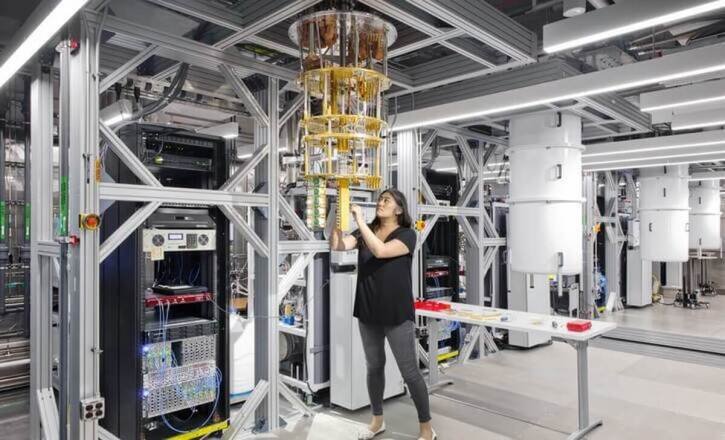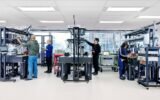In a landmark development for the global quantum computing landscape, IBM and Japan’s national research institute RIKEN have jointly announced the deployment of the IBM Quantum System Two – the first of its kind to be installed outside the United States and beyond an IBM Quantum Data Center. Situated in Kobe, Japan, this system will operate alongside Fugaku, one of the world’s most powerful classical supercomputers, marking a milestone in quantum-classical integration.
The initiative is part of Japan’s broader efforts to enhance its post-5G information and communications infrastructure. The project is supported by the Ministry of Economy, Trade and Industry (METI) and funded through the New Energy and Industrial Technology Development Organization (NEDO) under a national development program focused on advanced computing integration.
At the heart of the IBM Quantum System Two is the IBM Quantum Heron processor, IBM’s most advanced quantum chip to date. Heron boasts 156 qubits and delivers a circuit layer operations per second (CLOPS) rate of 250,000 – ten times the performance of its predecessor, the 127-qubit IBM Quantum Eagle. The Heron processor also achieves a two-qubit error rate of 3×10⁻³ across a 100-qubit multilayer circuit, significantly improving operational fidelity and efficiency in quantum circuit execution.
The new system’s co-location with Fugaku enables direct high-speed integration at the instruction level, providing a test bed for quantum-centric supercomputing. This setup allows IBM and RIKEN engineers to explore low-latency communication protocols between classical and quantum systems, design parallel workloads, and build advanced compilation libraries that distribute algorithm components according to each system’s computational strengths.
Pushing the Limits of What’s Possible
RIKEN’s Center for Computational Science (R-CCS), home to Fugaku, now houses the new quantum system. This strategic co-deployment is expected to push forward research in areas such as materials science, fundamental chemistry, and algorithm design, especially in cases where classical simulations are computationally prohibitive.
During the ribbon-cutting ceremony on June 24, 2025, IBM Vice President of Quantum, Jay Gambetta, emphasized the broader vision: “With our partners at RIKEN, we are taking a big step forward to make this vision a reality. The future of computing is quantum-centric. The new IBM Quantum System Two powered by our latest Heron processor and connected to Fugaku will allow scientists and engineers to push the limits of what is possible.”
RIKEN President Makoto Gonokami and Dr. Mitsuhisa Sato, who leads the Quantum-HPC Hybrid Platform Division at R-CCS, both highlighted the strategic goal of developing hybrid computing workflows that seamlessly integrate quantum and classical computing. According to Dr. Sato, the collaboration aims to “create and illustrate useful quantum-HPC hybrid processes that industry and the scientific community may investigate.”
The installation is expected to accelerate Japan’s quantum research initiatives and contribute to the global pursuit of quantum advantage – the threshold at which quantum computers outperform classical systems on specific tasks. Notably, IBM and RIKEN researchers have already demonstrated progress in this area through the use of sample-based quantum diagonalization (SQD), a technique recently featured on the cover of Science Advances. This approach successfully modeled the electronic structure of iron sulfides, a complex molecule found in biological systems, without requiring fault-tolerant quantum hardware.


